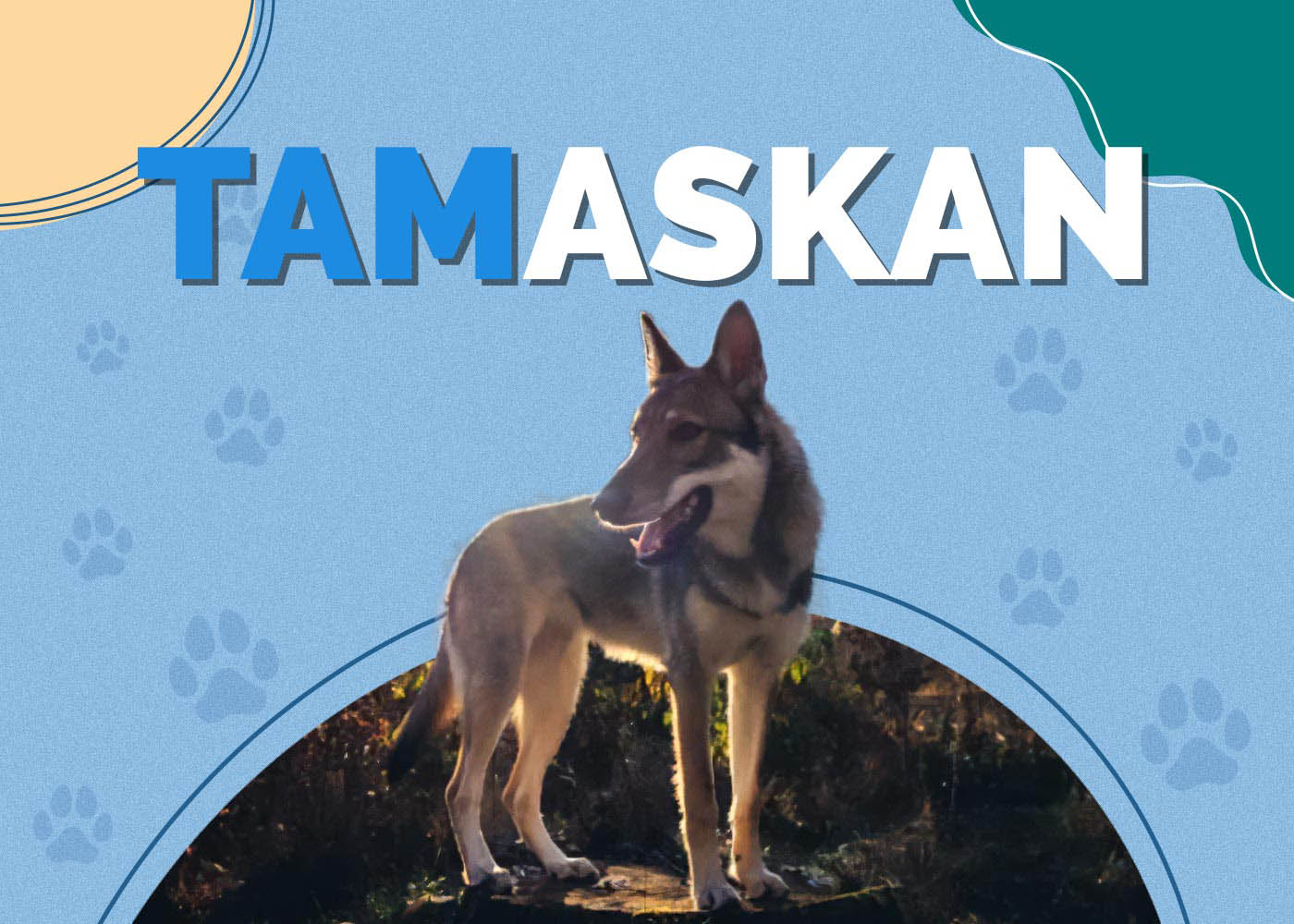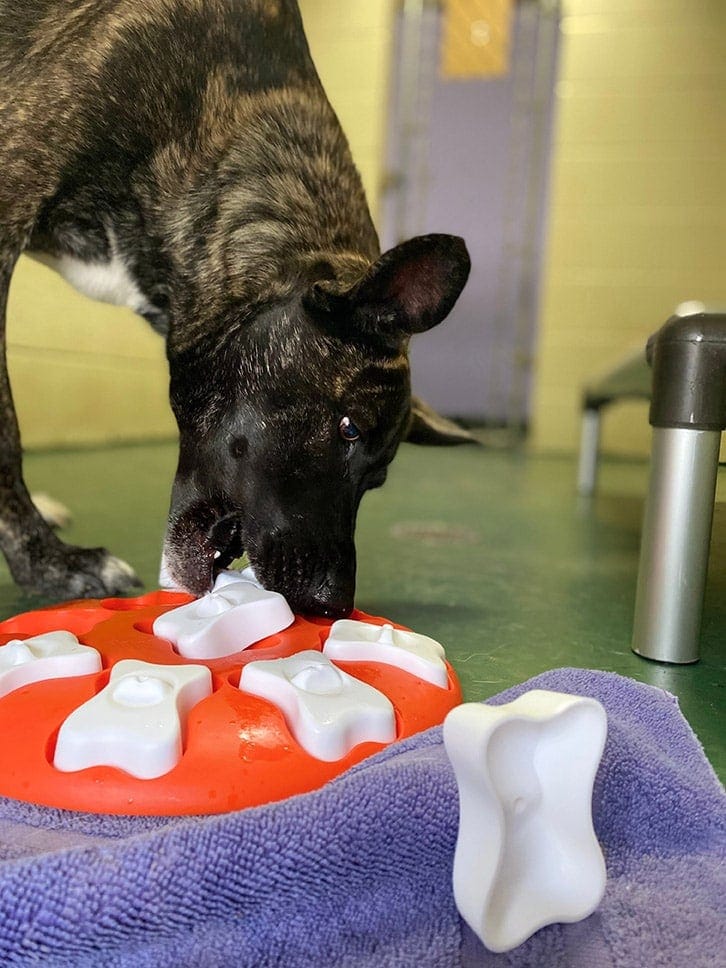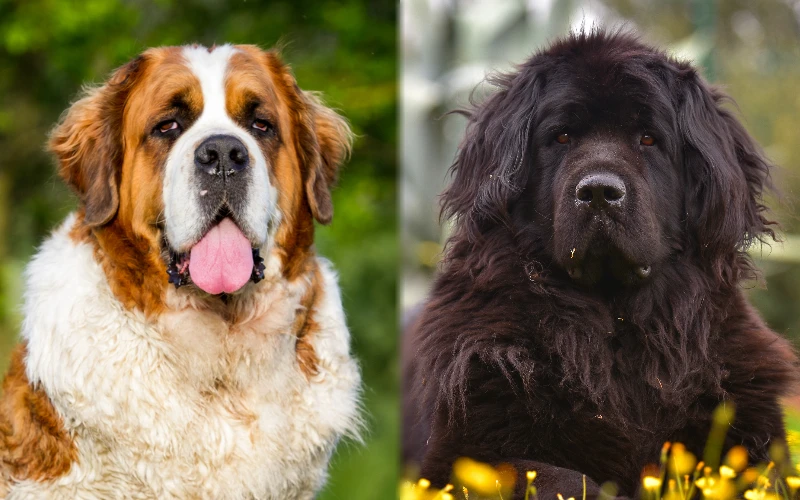Hypoallergenic Herding Dogs: 6 Vet-Approved Breeds (With Pictures)
By Brooke Bundy
Updated on
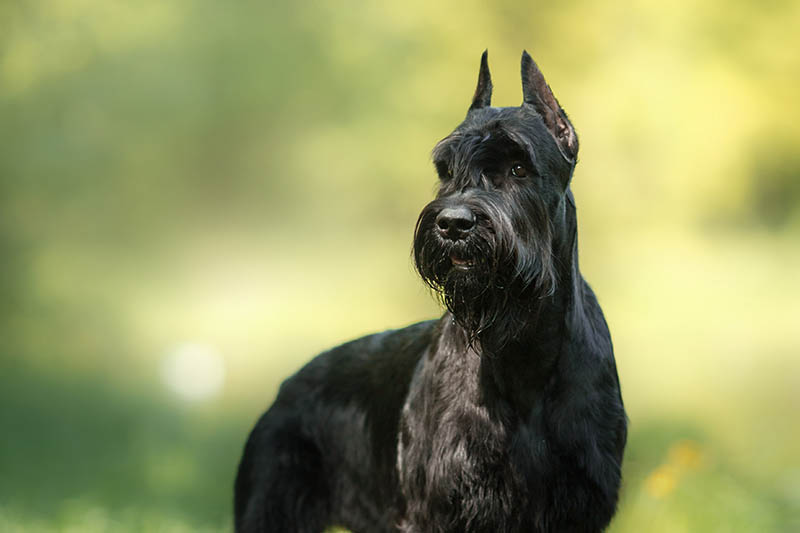
Characterized by long, flowing double coats, popular herding dogs such as the Border Collie shed year-round and also “blow” their coat biannually. During this time, they’ll shed even more than normal as they prepare for the upcoming summer or winter season. Because of this, finding a hypoallergenic herding dog is a pretty tough search. However, we’ve found six breeds that are considered hypoallergenic and still fit in the herding or working group category. We’ve also rounded up some advice on what to do to reduce allergic reactions, no matter what breed you choose.
What Makes a Dog Hypoallergenic?
Did you know that there’s no such thing as a 100% allergen-free dog? Hypoallergenic simply means “low allergies,” so these dogs are less likely to spark a reaction, but it’s still possible. Since hypoallergenic breeds are in the minority, you might wonder what superpower they possess to earn them the title.
There’s no real standard for hypoallergenic dogs, but it’s understood that these breeds shed and slobber less than other the average canine. They typically have longer, low-shedding coats and tend to be smaller dogs. After all, the smaller the dog, the fewer allergens produced, right?
Dog hair actually doesn’t cause allergic reactions directly. Rather, humans usually respond negatively to proteins found in their saliva and dander. Thus, by finding a dog that sheds less and doesn’t drool, we’re simply looking for a breed that won’t spread allergens so much in their loose hair and saliva. Some claim that these breeds may also produce less of the offending proteins, but that’s up for debate.
The 6 Hypoallergenic Herding Dogs
While no dog is completely allergen-free, it’s understood that these herding dogs are less likely to produce a reaction than a similar breed, such as the Australian Shepherd. Thankfully, herding dogs aren’t usually prone to excessive drooling, so we mostly watched to see whether they shed a lot. Some of the dogs on this list actually belong to the working group, but they still possess strong herding instincts, so we included them in the results as well.
1. Bergamasco Shepherd
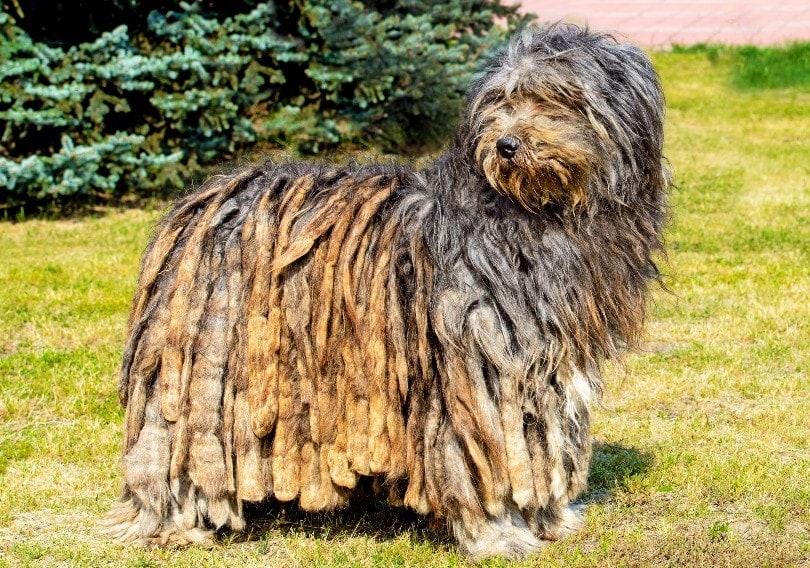
With a longer-than-average life expectancy of 13 to 15 years, the Bergamasco Sheepdog makes a good companion for someone who wants to live life to the fullest. Their hair forms loose mats, their coat doesn’t shed or even need to be brushed. Simply bathe them a couple of times per year and spend the time you would’ve spent grooming them, taking them on walks or relaxing together. The Bergamasco tends to bond closely with their people, so you should be open to spending most of your free time with them.
2. Bouvier des Flandres
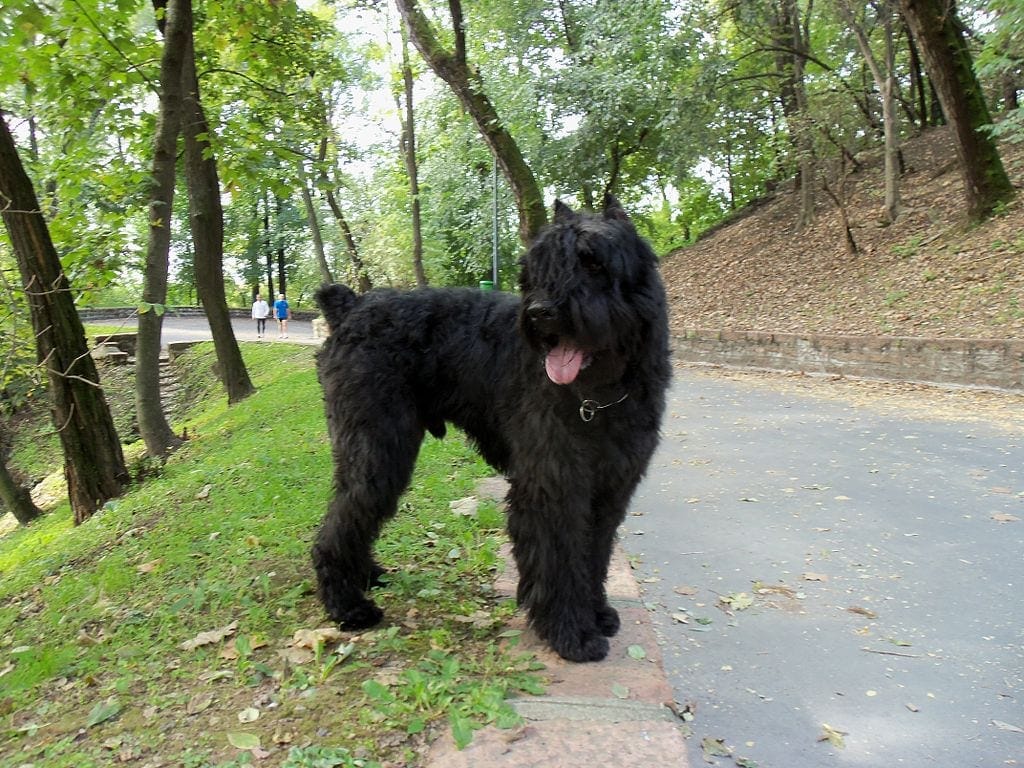
The Bouvier des Flandres is fairly unique because they’re considered a low shedding hypoallergenic dog, despite possessing a shaggy double coat. If you’ve always wanted to own a sheepdog, but the very thought of all that fur makes you sneeze, the Bouvier des Flandres might be your dream come true. As traditional working dogs, they’ll need at least an hour or more of exercise every day to stay fit. They’ll also make excellent guard dogs due to their protective nature.
3. Giant Schnauzer
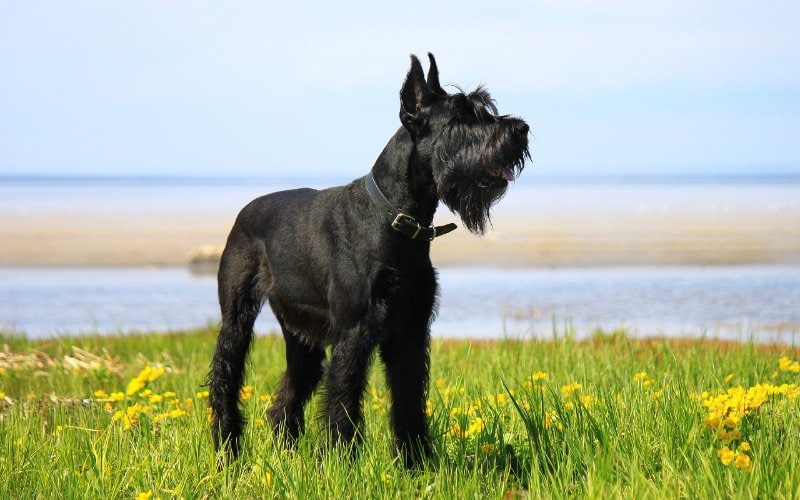
Although they’re technically classified as a working group dog, the Giant Schnauzer retains much of their herding instincts from their days employed on farms in rural Germany. In addition to weekly brushing, their double coats will also need to be stripped every week or clipped every couple of months. If you’re open to a smaller dog, Miniature and Standard Schnauzers are also hypoallergenic options.
4. Puli
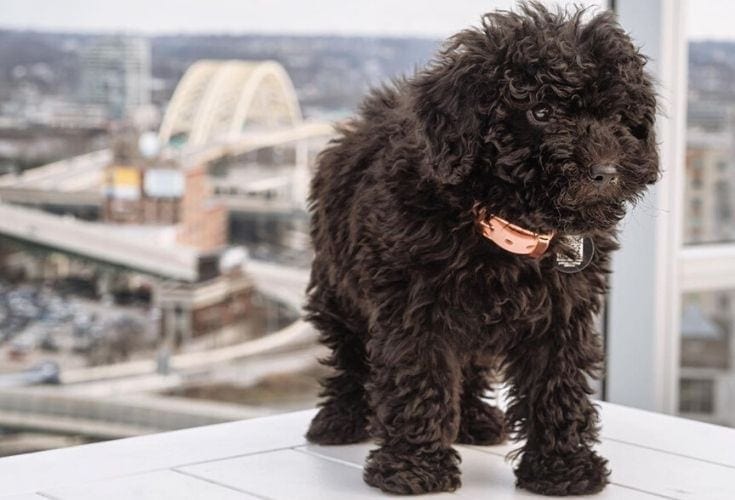
Small but fiercely athletic, the Puli pulls its weight in dog ability competitions despite being under 35 pounds. Their fur cords naturally, but you can brush it out if you prefer. They have the most intensive grooming requirements during their first year as their undercoat starts to grow in. You’ll need to guide their fur to strategically “mat” into cords, or continually brush them if you’d prefer them to grow straight fur. After that, you’ll only need to bathe them every few months and cord periodically. If you choose not to cord, you must brush them nearly every day.
5. Samoyed
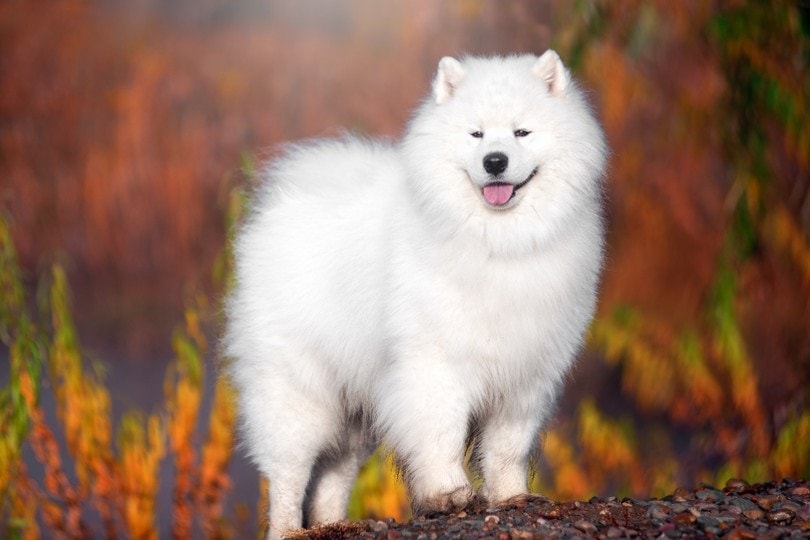
With their fluffy double-coat, the Samoyed looks like a happy cream puff. They’re one of the only considered to be hypoallergenic, that actually still do shed a moderate amount. The Samoyed needs frequent brushing, and all the more during the fall and spring when they “blow” their coat. The Samoyed is a social creature who likes long walks with their favorite people.
6. Spanish Water Dog
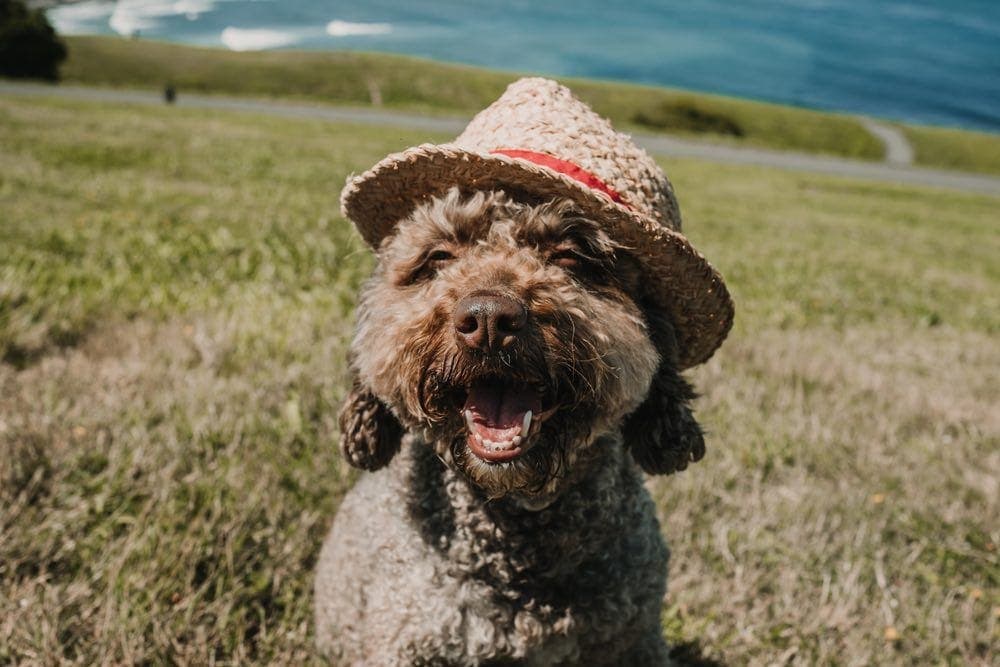
There’s no shedding, no drooling, but a lot of maintenance required to care for the Spanish Water Dog. Their thick curly or corded coat never needs to be brushed, but it does require continual cording or frequent trims to stay in shape. Most importantly, the Spanish Water Dog possesses a high amount of energy that calls for at least an hour of daily running, swimming, or playing fetch to stay in shape.
The 6 Things You Can Do to Leave Your Allergies In The Dust
Even if you adopt a hypoallergenic herding dog, you’ll likely still have to implement a few strategies to tackle your allergies effectively. Here are a few things you can do to mitigate your symptoms:
1. Choose wisely.
While you may fall head over heels for an Australian Cattle Dog, you’ll need to make sure to choose a dog breed that fits well with your time, temperament, and health requirements. Herding dogs usually need more exercise than non-sporting or toy breeds, which is something to consider if you don’t have much time. Similarly, the Australian Cattle Dog isn’t a good fit for allergy sufferers, the Samoyed may be a better choice, as long as you have the time to exercise them.
2. Limit your pet’s access to your bedroom.
If you don’t mind sleeping without your pet, you might want to consider making your bedroom an off-limits area. Having your dog (or their hair) in your face while you’re trying to sleep can trigger your allergies.
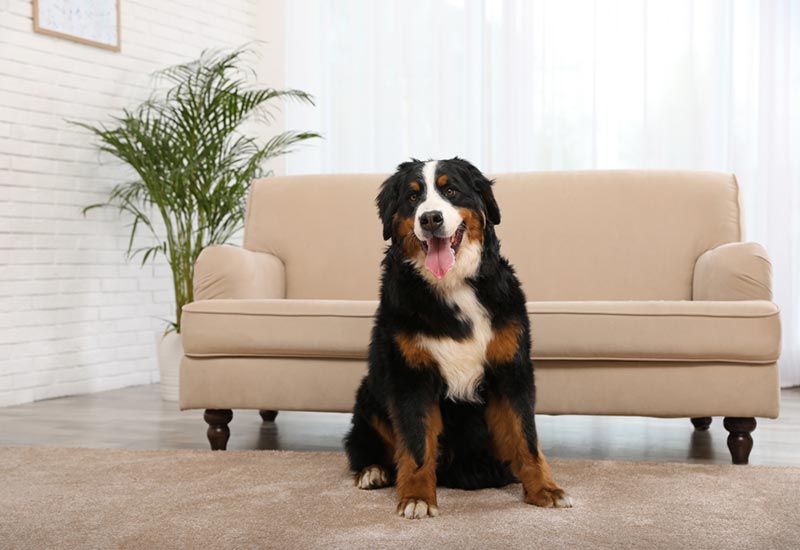
3. Wash bedding in hot water once a week.
If the dog wins and you decide to let them on your bed, make sure to wash all of your sheets and blankets at least once a week in hot water. This will not only get rid of the dander, but should also destroy other potential allergens, such as dust mites. If your bedding is spot-clean only, vacuum it thoroughly and empty the vacuum bag outside when you’re finished.
4. Vacuum weekly.
Carpets aren’t ideal flooring materials for a pet parent, but sometimes that’s what we have. Vacuuming weekly (or more) removes allergens that are trapped in the fibers and helps you breathe a little easier. You should also vacuum rugs, curtains, and surfaces that can’t be washed, such as fabric couches.
5. Talk to your doctor about medication.
Depending on the severity of your symptoms, your doctor might recommend over-the-counter medicine or talk to you about allergy shots.
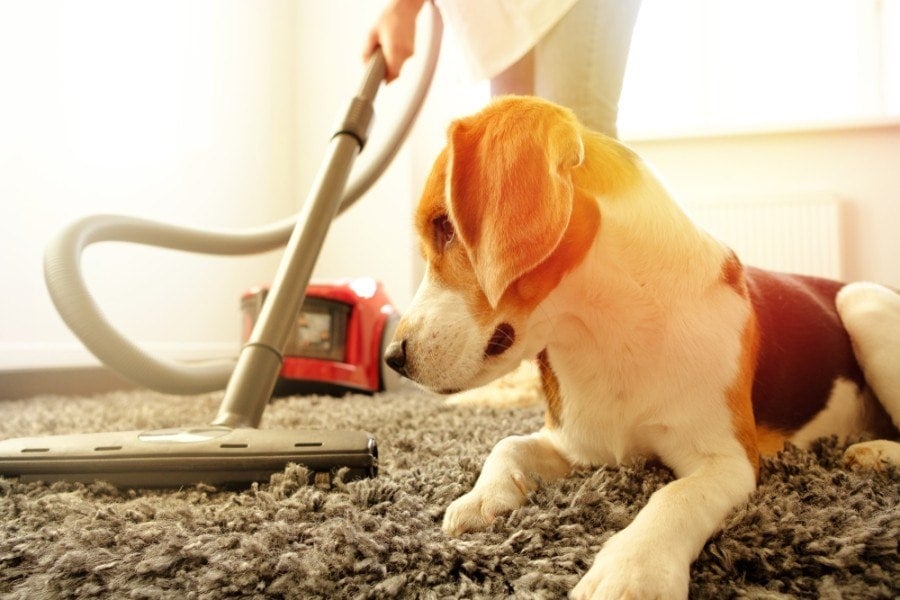
Conclusion
While it’s important to remember no dog is completely free of allergens, some hypoallergenic herding breeds can make your dreams of owning a dog become a reality. Before adopting even a ‘hypoallergenic’ breed it is a good idea to spend some time with them beforehand to make sure they don’t trigger your allergies . You’ll still probably want to take some protective measures, such as vacuuming and washing bedding frequently, to avoid an allergy flare-up. If your symptoms don’t resolve or become worse, talk to your doctor about medication that might help.
Featured Image Credit: dezy, Shutterstock


